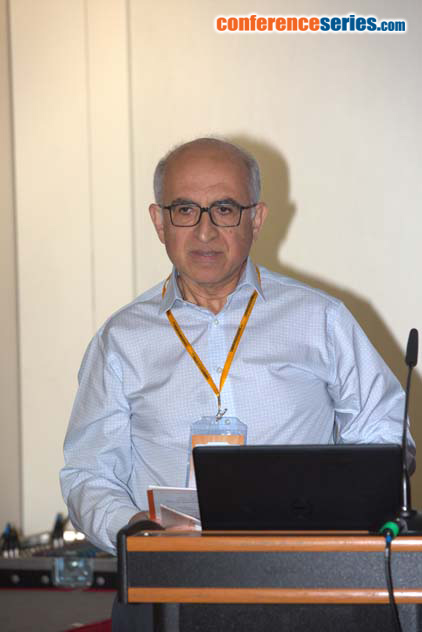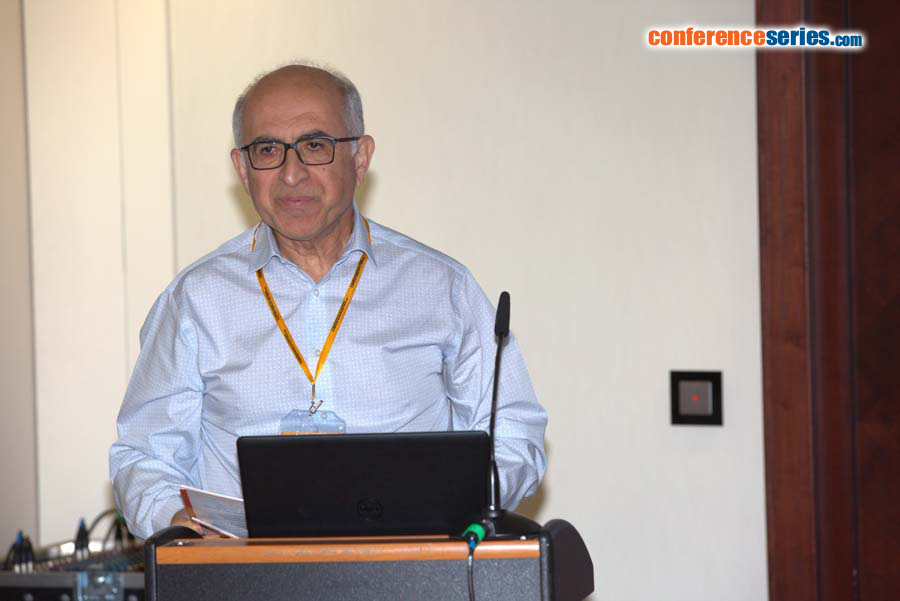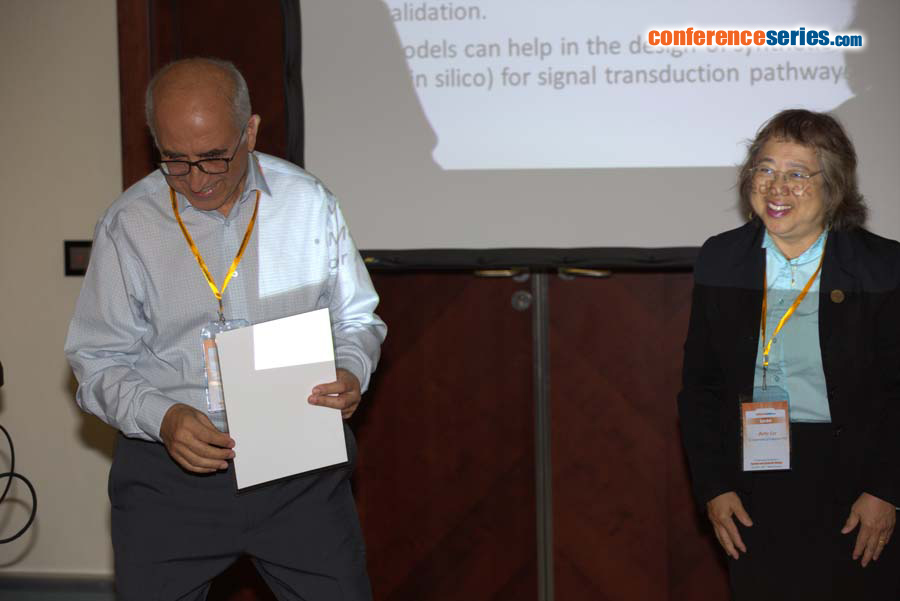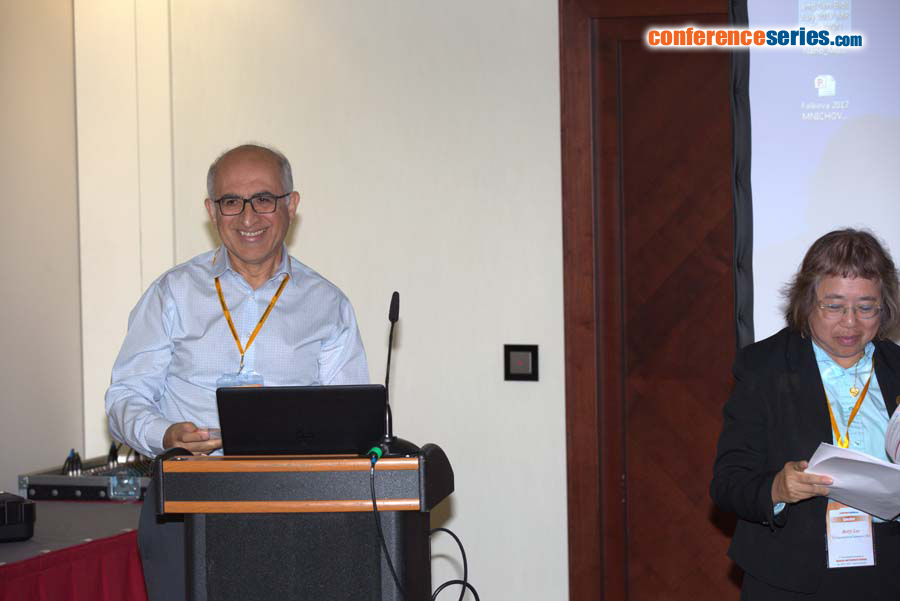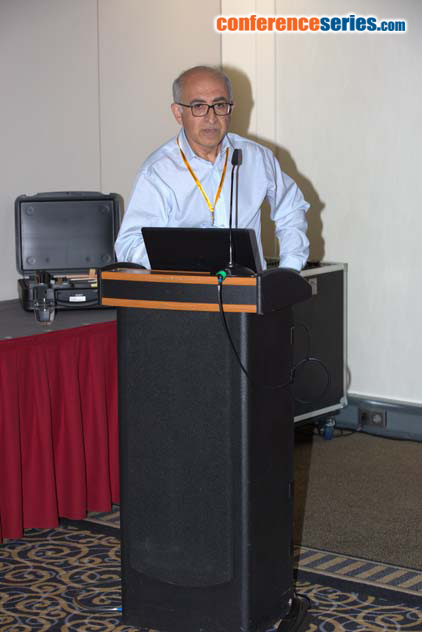
Yaman Arkun
KOC University, Turkey
Title: Dynamic modeling of RAS-MAPK signaling pathway: Sensitivity, bistability, and oscillations
Biography
Biography: Yaman Arkun
Abstract
Cell signaling is the process by which extracellular information is transmitted into the cell to perform biological functions. RAS-MAPK signaling pathway controls several cellular processes such as cell growth, proliferation, and gene expression. Activation of EGFR (Epidermal growth factor receptor) by binding of its specific ligands starts ERK signaling pathway. Phosphorylated EGFR exhibits great increase in the enzymatic activity of its cytoplasmic tyrosine kinase domain. Adaptor protein Grb2 binds to the phosphorylated RTK followed by recruitment of SOS, forming Grb2-SOS complex. Ras, which is a small GTP binding protein, interacts and transforms to its active conformation by exchanging GDP for GTP. Active Ras acts as an important switch which starts phosphorylation of MAPK pathway that consists of the Raf/MEK/ERK signaling cascade. However, in this paper we present a dynamic model that describes the molecular mechanisms involved in RAS-MAPK signaling. The model is derived from mass-action kinetics and conservation laws. Models exist in the literature for RAS and MAPK pathways separately. Our model combines the two systems and studies their interactions under feedback. Well-known mechanism of deactivation of the Grb2-SOS complex by ERK is included as an inhibitory feedback action in the model. Bistability (i.e., ability to switch between two stable steady-states separated by an unstable steady-state) is a desired trait that most biological processes exhibit. We establish conditions under which bistability and oscillations exist for this important pathway. In particular, we show how the negative and positive feedback loops affect the dynamic characteristics that determine the cellular outcome.
Speaker Presentations
Speaker PPTs Click Here


